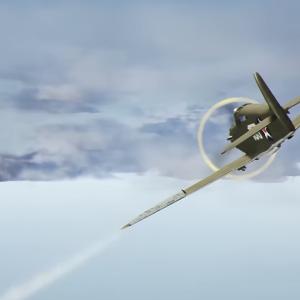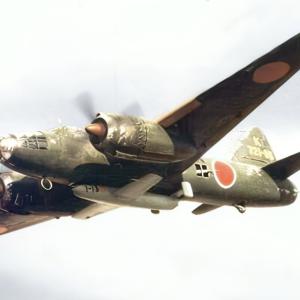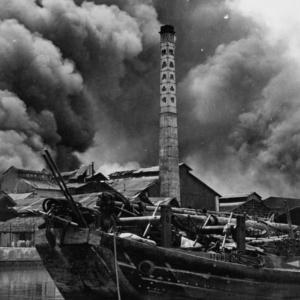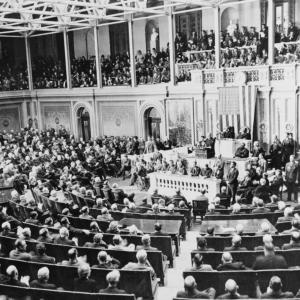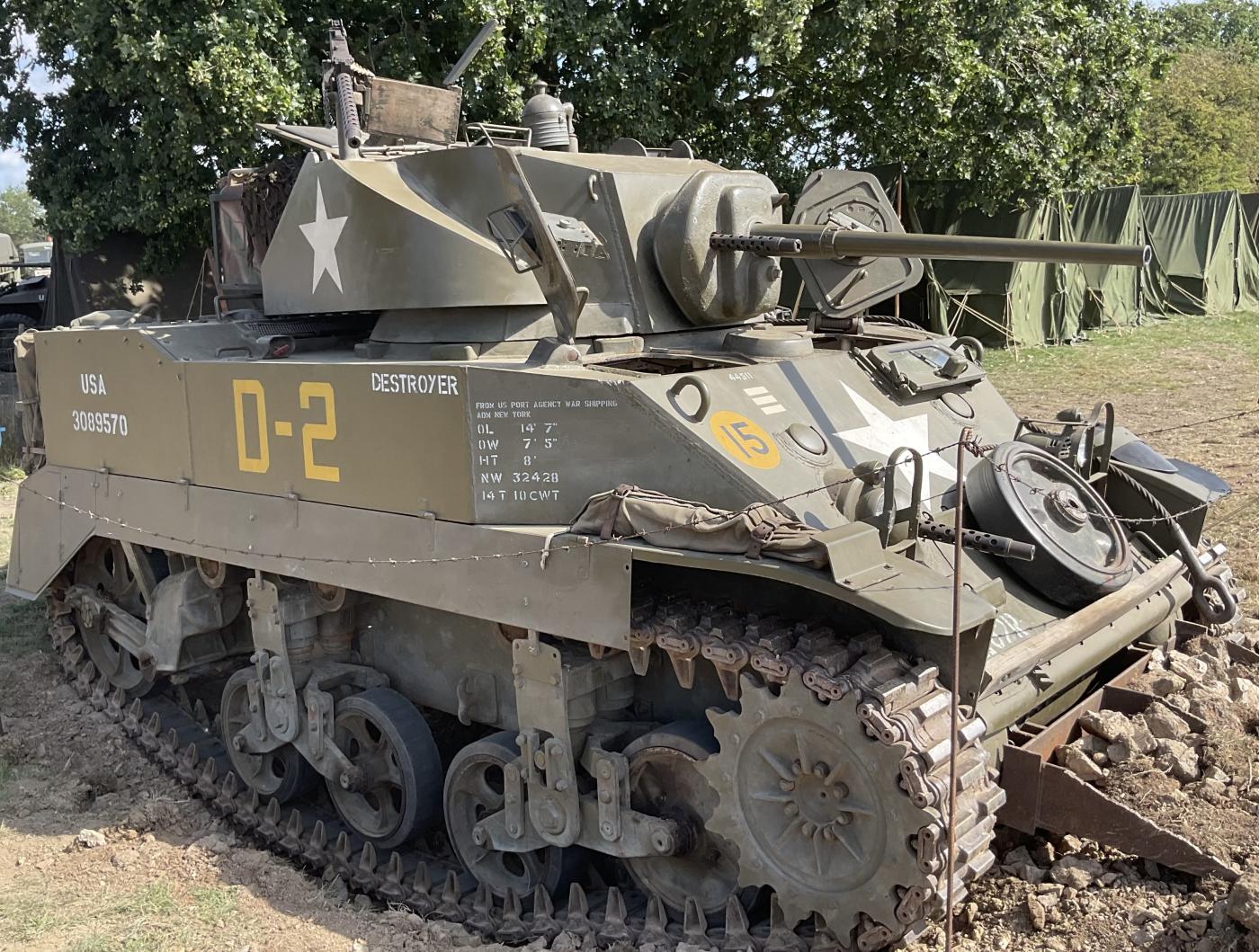
Stewart Tank
The M3 Stuart, often referred to by British forces as the “Stewart,” was the United States’ primary light tank during the early years of World War II. Although it lacked the heavy armor and firepower of later war tanks, the Stuart distinguished itself through speed, mechanical reliability, and adaptability. It became a familiar sight in the early war years and was among the first American-made tanks to enter combat in the conflict.
Its development stemmed from the need to replace the aging M2 Light Tank, which was rapidly becoming obsolete by 1940. American tank designers at the U.S. Army Ordnance Department collaborated with the Rock Island Arsenal to design the M3. Production was then taken up by several major manufacturers, most notably the American Car and Foundry Company, which built the majority of the tanks. Other contributors included Cadillac, a division of General Motors, and later Massey-Harris, Baldwin Locomotive Works, and others, especially as demand increased during the war.
The M3 introduced several improvements over its predecessor: better armor protection, a 37mm main gun, a fully rotating turret, and a vertical volute spring suspension system that enhanced mobility. The tank was powered by a radial gasoline engine, most commonly the Continental W-670, which gave it a top road speed of around 36 mph. Though the 37mm gun would later prove inadequate against the increasingly well-armored German tanks, at the time of the M3’s introduction it offered a marked improvement over the machine-gun armament of the earlier M2.
British forces were the first to use the M3 in combat during Operation Crusader in North Africa in 1941. They nicknamed it the “Stuart,” following their tradition of naming American-supplied tanks after U.S. generals. In battle, the Stuart proved fast and dependable, but its light gun struggled to deal with German Panzer III and IV tanks. Nonetheless, crews appreciated its mechanical reliability, which was a significant improvement over many British tanks of the time.
The Stuart was crewed by four: a commander, gunner, driver, and assistant driver who also manned a bow-mounted machine gun. In addition to its main cannon, the tank carried up to five .30 caliber Browning machine guns, providing it with substantial secondary firepower. However, its relatively thin armor—ranging from 13 to 51 mm—meant it could not endure prolonged engagements against heavier enemy armor.
The M3 underwent several evolutions during its service life. Early versions featured riveted armor and a cupola on the turret, while later versions such as the M3A1 removed the cupola and added a gyro-stabilizer for the main gun. The M3A3 introduced sloped welded armor and expanded internal fuel capacity. A major redesign led to the M5 Stuart, which used twin Cadillac V8 engines and an automatic transmission. The M5 was quieter and easier to maintain, making it even more popular with Allied crews.
In the Pacific theater, the Stuart found greater success. Japanese tanks were generally smaller and less well-armored, making the 37mm gun more effective. The tank’s speed and agility were invaluable in jungle warfare, and it supported U.S. Marine and Army operations on islands such as Guadalcanal, Tarawa, and Saipan. While in Europe, especially after D-Day, the Stuart was increasingly relegated to reconnaissance and support roles, its value in the Pacific endured throughout the war.
The tank was also widely exported under the Lend-Lease program. The United Kingdom received thousands and developed several localized modifications, including turretless reconnaissance vehicles and flame-throwing variants. The Soviet Union, while less enthusiastic, used some Stuarts in the early war years. Other Allied nations including Free France, Brazil, China, and the Philippines also operated the vehicle.
Despite being outclassed by mid-war German armor, the Stuart’s contribution to the Allied war effort was substantial. Over 22,000 units were produced when including the M5 and other variants. Specialized versions included the Stuart Kangaroo, a turretless armored personnel carrier, and flame-throwing tanks used for bunker clearing. Even after the war, Stuarts remained in service with several smaller nations into the 1950s and beyond.
While it may not have had the destructive power of the Sherman or the imposing presence of a Tiger, the M3 Stuart played a crucial role in giving Allied forces a fast, mobile, and dependable tank when they needed one most. Its story is less about overwhelming firepower and more about tenacity, versatility, and being in the right place at the right time. In that respect, the Stuart remains one of the most important light tanks of the Second World War

